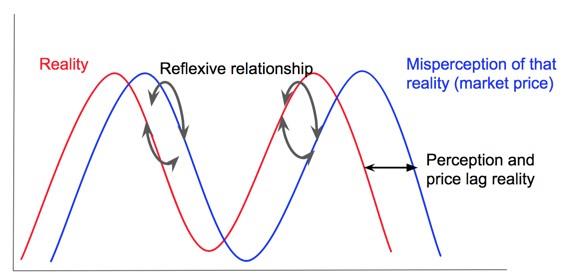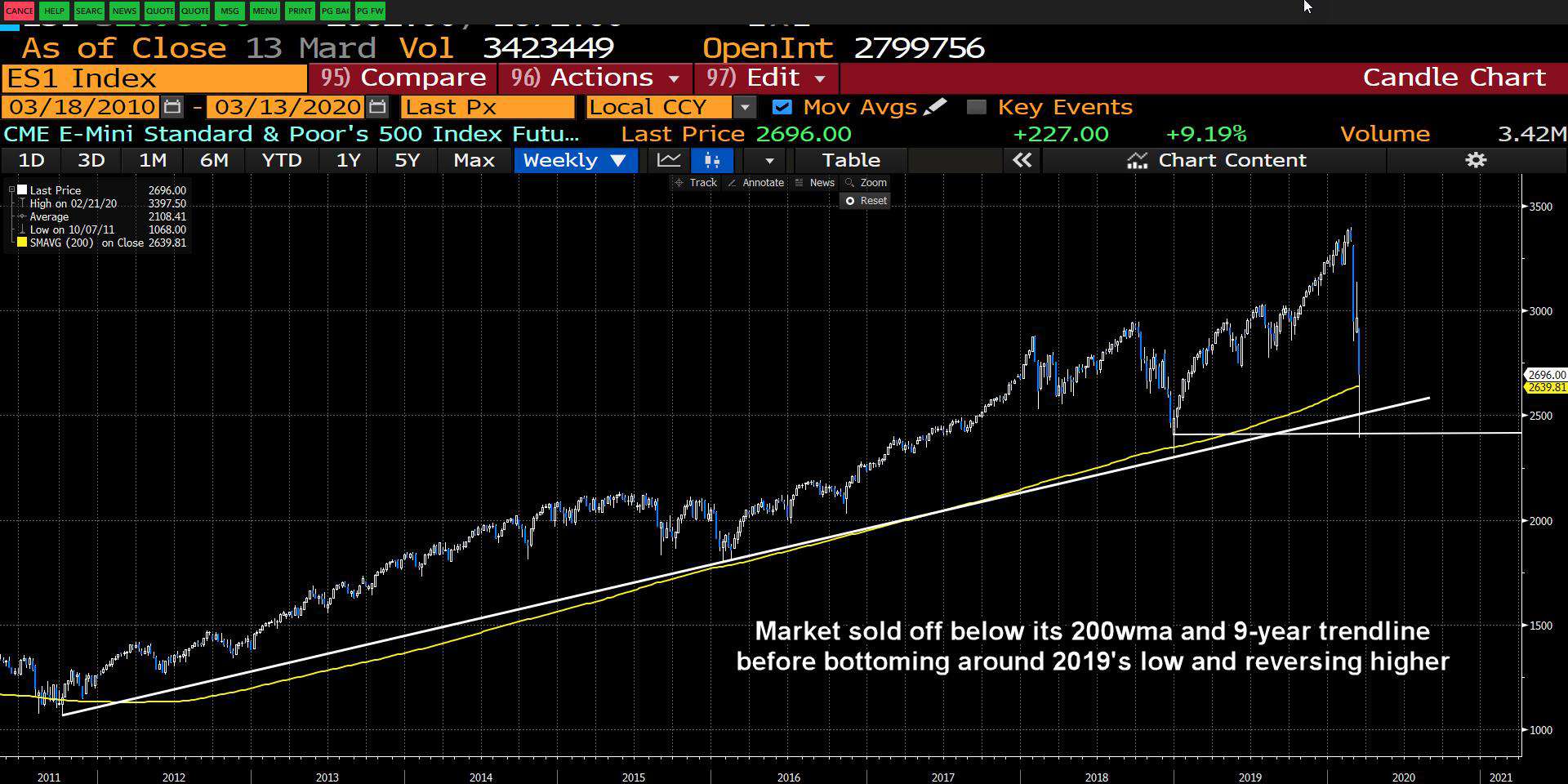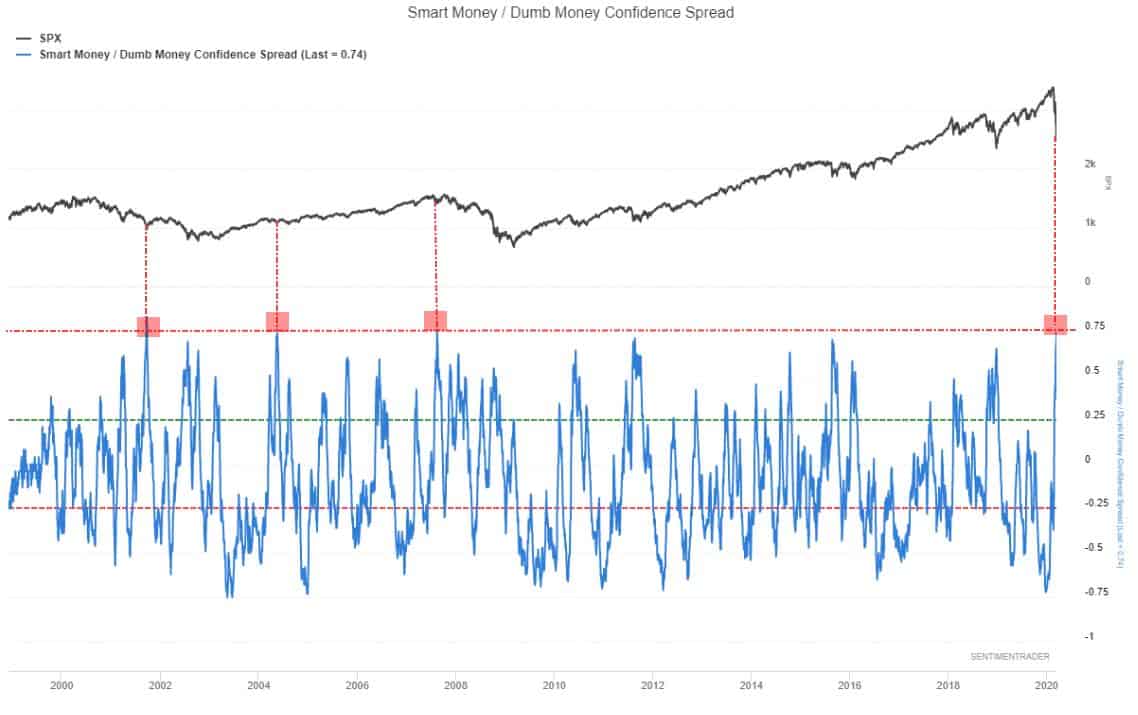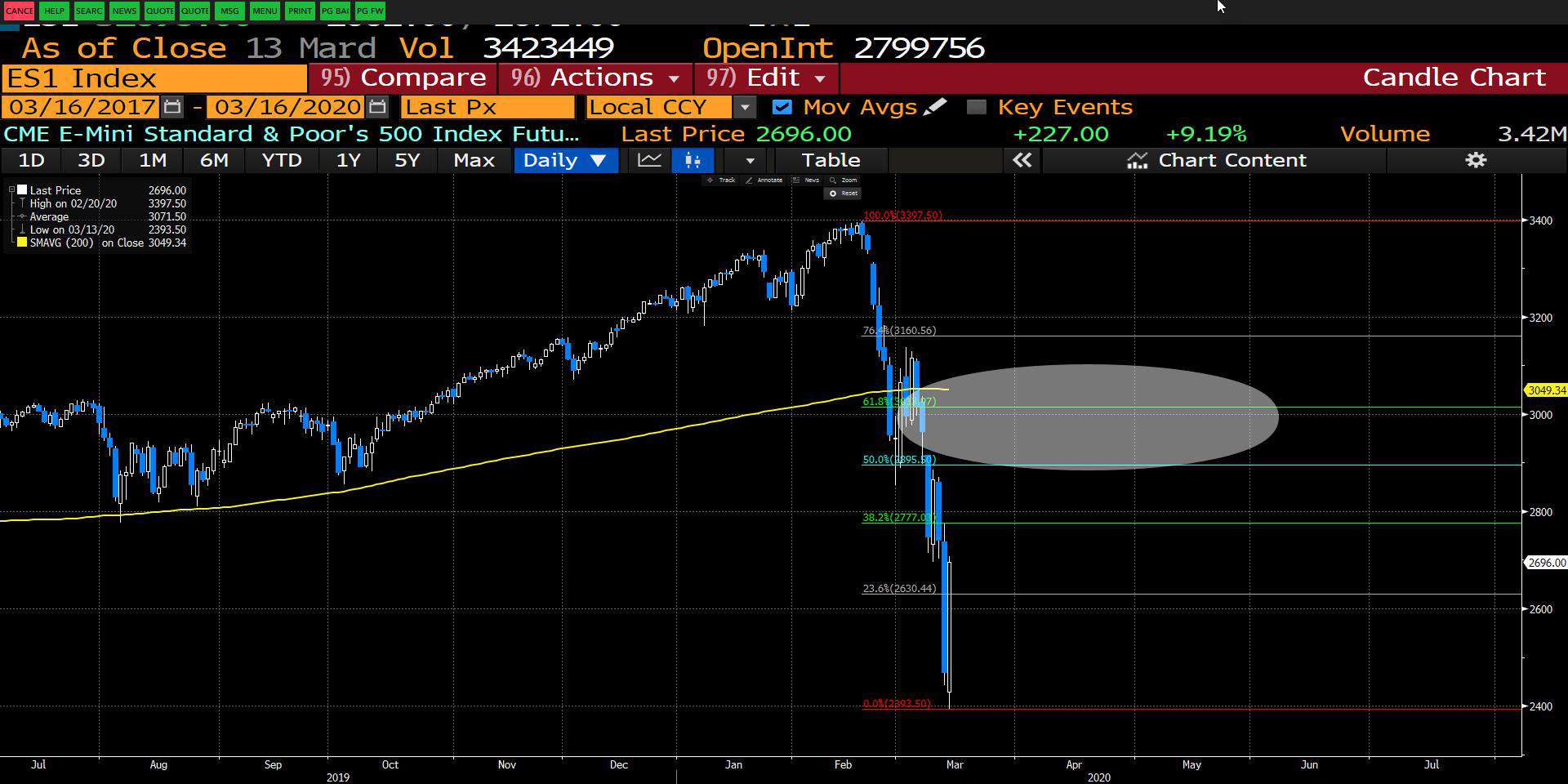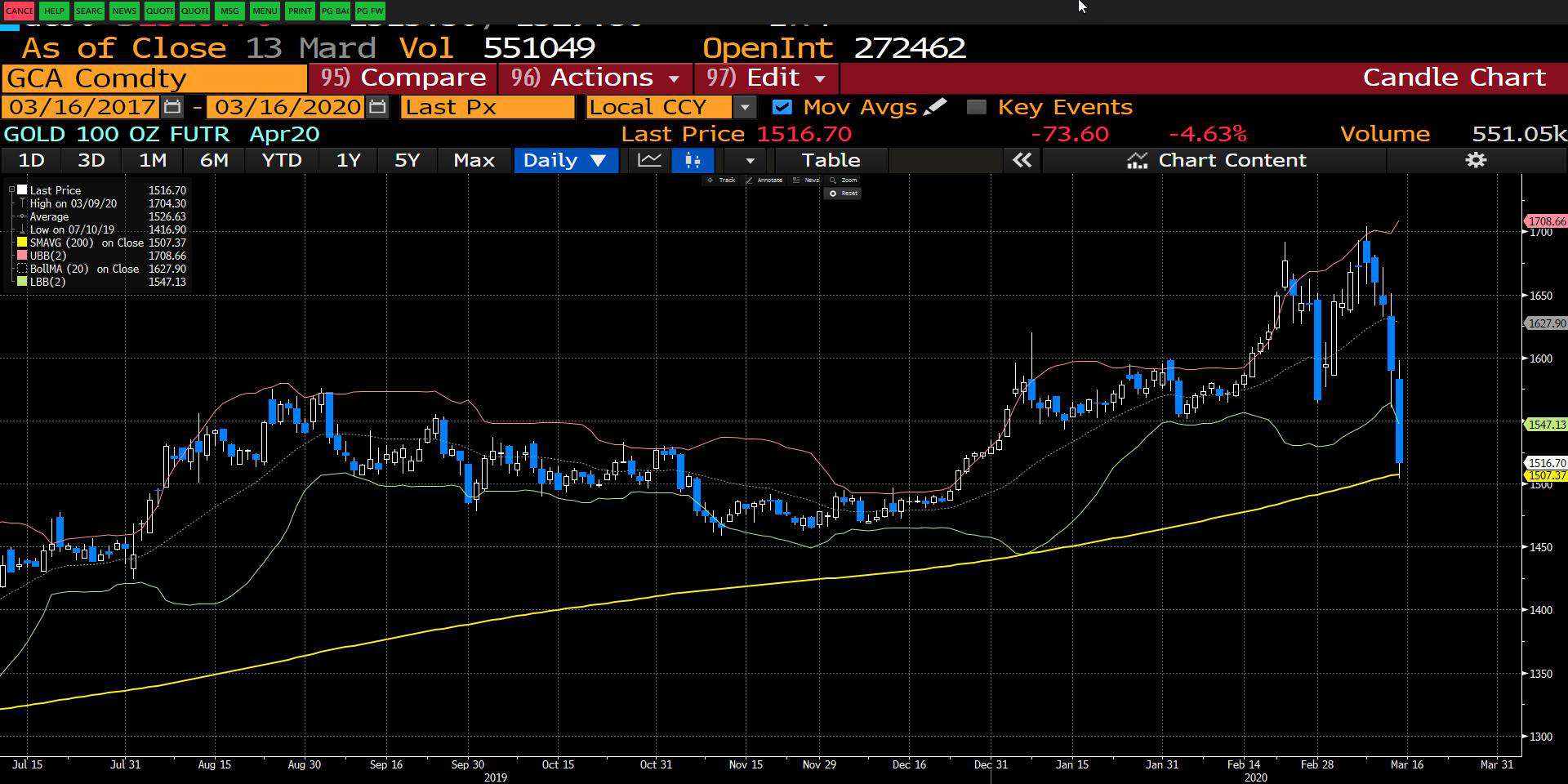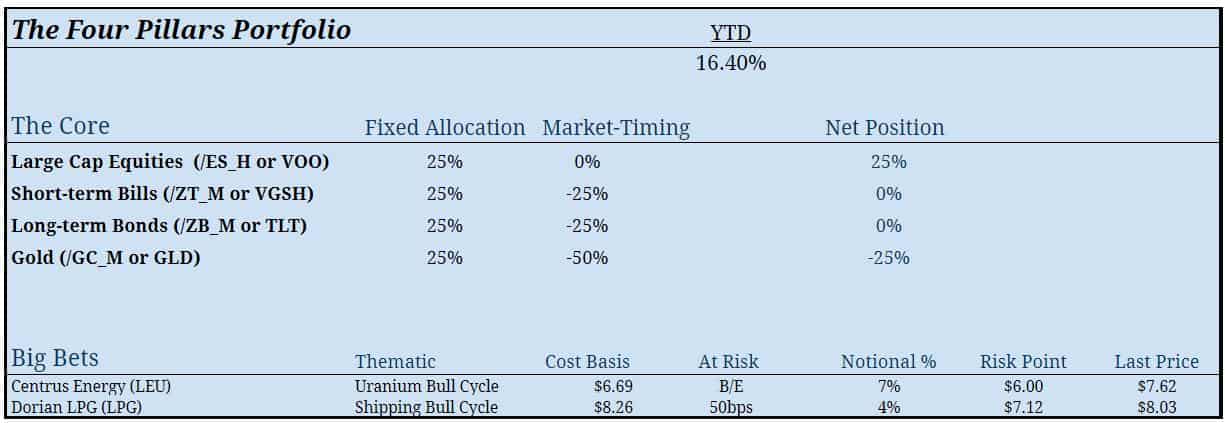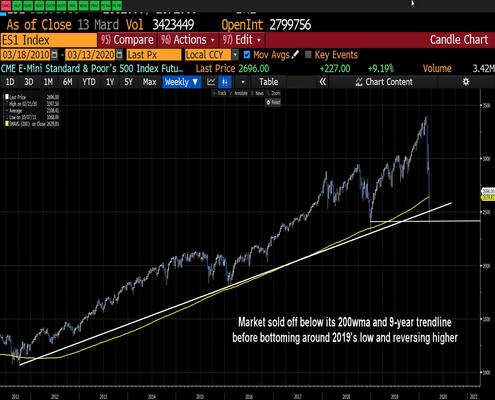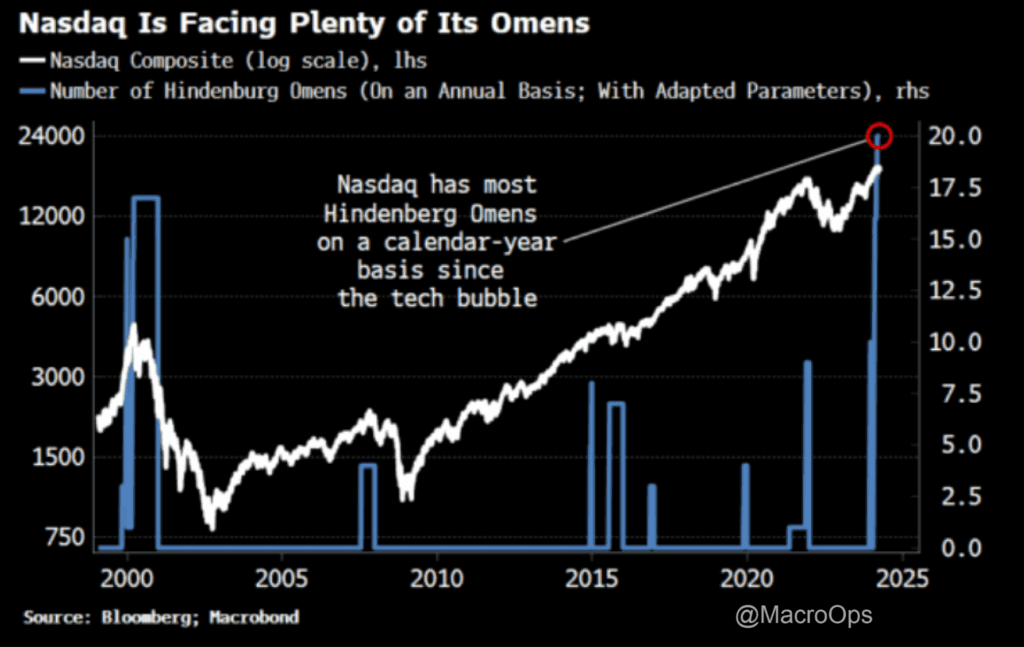When asked what he does differently than other traders, Bruce Kovner responded with (emphasis by me).
I’m not sure one can really define why some traders make it, while others do not. For myself, I can think of two important elements. First, I have the ability to imagine configurations of the world different from today and really believe it can happen. I can imagine that soybean prices can double or that the dollar can fall to 100 yen. Second, I stay rational and disciplined under pressure.
The ability to imagine configurations of the world different from today and really believe it can happen. That’s one of those things that is easy in theory but hard in practice. We have our cognitive wiring to thank for that.
We form most of our opinions using System 1 thinking, which is more instinctive and emotional. When confronted with complexity, System 1’s M.O. is to just extrapolate… take the recent past and project forward. Most of the time this works, which is why we evolved the trait. But… every once in a while our reality drastically shifts, we enter a new paradigm and the rules that once applied no longer do.
Here’s a graph I’ve shared over the years to help illustrate the point.
Now, this truth applies not just to markets but to how we think about reality itself. Our government, our security, social and economic norms, etc… everything that makes up our everyday reality we eventually learn to take for granted, think what has been will always be, and go on with our lives — ignorance is bliss and all that. And, as I said, the vast majority of the time this is the right way to live.
Except, and any student of history knows this, there’s a long ebb and flow throughout time, where things change imperceptibly slow until all of a sudden an entire civilization wakes up to a new paradigm with new norms, new rules, new risks.
In markets, most investors lose a lot of money in a paradigm shift. While a small few make a killing.
The question obviously then is, are we experiencing a paradigm shift today?
I’ve always agreed with Yogi Berra that “It’s tough to make predictions, especially about the future.” Luckily we don’t need to try and divine what’s to come, but rather just follow Kovner’s lead and imagine configurations of the world different from today.
And that’s what we’re going to be doing in a series of pieces that I’ll be putting out in the weeks ahead. There’s no doubt that we’re in uncharted territory right now, with nearly half the developed world set to go into total lockdown in order to delay the spread of a novel virus.
But from an investing standpoint, the critical question is whether this virus will serve as a catalyst that will catapult us into a new paradigm or if it will be limited to being a severe yet temporary shock that will be counteracted by stimulus which will return us back to trendline growth.
That’s the $80trn question and one we’ll be exploring in-depth, in the days ahead.
Buy the dip, sell the rip
So it looks like I may have been one day early in my “Buyable Dip” call. Trump, after his horrendous public briefing on Wednesday and the market’s cold response, finally seems to be getting his act together and giving this pandemic its due respect — at least somewhat.
With the market deeply oversold and sentiment at about as bad as it can get, it was looking for any excuse to rally, so rally it did following Friday’s orchestrated presser (chart below is a weekly).
SentimenTrader’s Smart/Dumb Money Confidence Spread hit a level it’s only seen three other times in 20-years. But, as you can see — and this is very important — while these extremes in sentiment led to a short-term bottom in the market, none of them marked a major low.
I point this out because for all the record-breaking carnage we’ve seen over the last few weeks in markets… and let’s be clear, we’ve seen a number of once in a hundred-year type moves… there still seems to be a good deal of complacency.
Here’s something I’ve been thinking about.
Back in late Dec 18’/Jan 19’, I wrote a number of bullish pieces saying to buy the dip hand over fist. The feedback from readers was pretty much universal ridicule… I was told I was being a sheep and that a recession was a sure thing. Friends and family were texting me asking me about how to protect their portfolios from the coming crash. #RECESSION2020 was a trending topic on Youtube with all the major social influencers talking about it.
Now here we are, one year later, the market just declined roughly 30% in one of its most violent sell-offs in history. A new virus is spreading like wildfire across the world leading to entire countries shutting down; something that’s never happened before… And all I’m seeing on Twitter is people quoting Buffett and Rothschild talking about buying “when there’s blood in the streets”.
I’m here in Austin and a lot of my social group is made up of cops and firefighters. We were all having dinner together at a friends house last night — I know, I know, breaking social distancing rules — and literally, each one of them asked me what I think about these markets but they prefaced their questions with, “now’s a really good time to buy, isn’t it?”. Half these guys bought bitcoin in Dec 2017…
I get the feeling that we’re all kind of whistling past the graveyard. There’s been a paradigm shift but we’ve been lulled by recent history into expecting this dip to be bought too.
I don’t know, maybe these brave bulls will end up being right and the market will be making new highs in a few months, fueled by the Game Masters firehosing liquidity into the system and we’ll look back at this period and laugh about how panicked we all were.
But from where I’m standing, at this moment in time, I don’t see how you can think that with any reasonable level of confidence. I mean, it’s all odds and probabilities, isn’t it? And to me the odds —- and I say this with a big dose of humility as the cone of plausible outcomes is incredibly wide still — favor a recession within the next 12-months and sideways volatile action with a downward bias over the near/intermediate-term.
Anyways, that’s just my quick two-cents. We’ll be exploring this topic more in the days to come.
Right now, the odds favor a multi-day to multi-week rally in the SPX. I’m looking for a retrace to the fib 50-to-61.8% level, really anywhere in the white circle range around its 200-day moving average (yellow line).
A move below Friday’s low would obviously negate this interpretation. The FOMC meeting is on Wednesday and the market is currently pricing in a 100bps cut from the Fed. If expectations are met, then this should serve as fuel for the rip higher. And if not, then that could be enough to throw some cold water on things.
I’ve upped our Core equity position from flat to 25% and plan to hold it until our target is hit or Friday’s lows are taken out.
Gold: The non-hedge
We got lucky with the timing of our short gold position last week. I’m moving my stop up to breakeven on the position and will look to add to it on a breakdown from a bounce. And we should see somewhat of a bounce as the barbaric relic is below its lower Bollinger Band and at its 200-day moving average.
If equities rip as I expect them too, then we should see bonds and gold move just as fast but inversely so.
As for single stock names, I’ll likely add some swing long positions tomorrow. Here’s a shortlist of some names I’m thinking about (link here).
Shipping stocks, tankers especially, are at the top of my list. The bull case for tankers that I laid out my last note is only getting stronger. I’ll be adding a starter position in TNK on the open tomorrow. And LPG, which we bought into last week, finished Friday up 20%. We’ll have to size TNK small because of the volatility but should get some more opportunities to add in the weeks ahead.
Remember, the key in this environment is defense. PROTECT YOUR CASH. Stay nimble, fallible, respect your stops, size small, and take your losses quickly.
I’ll be posting my trades as I make them in the #mo-trade-updates channel in our slack so make sure to periodically jump in there and check up on what I’m doing.
And, as always, if you have any questions don’t hesitate to shoot me an email or DM.
And also, if you haven’t already, click this link and check out our Collective. We’re keeping the doors open for a few more days. If you’re passionate about the game of markets then the Collective may be a good fit for you.
It’s hands down the best collection of investors and traders on the interwebs. It’s where I share my research, all our work on theory and investing strategy, and also where we stress-test each other’s ideas. Our internal slack is comprised of active traders and investors from around the world, comprising every level of skill; from billionaire HF managers who are household names to young gun college students hell-bent on learning the game. So take some time and check us out.
Thank you for reading.

